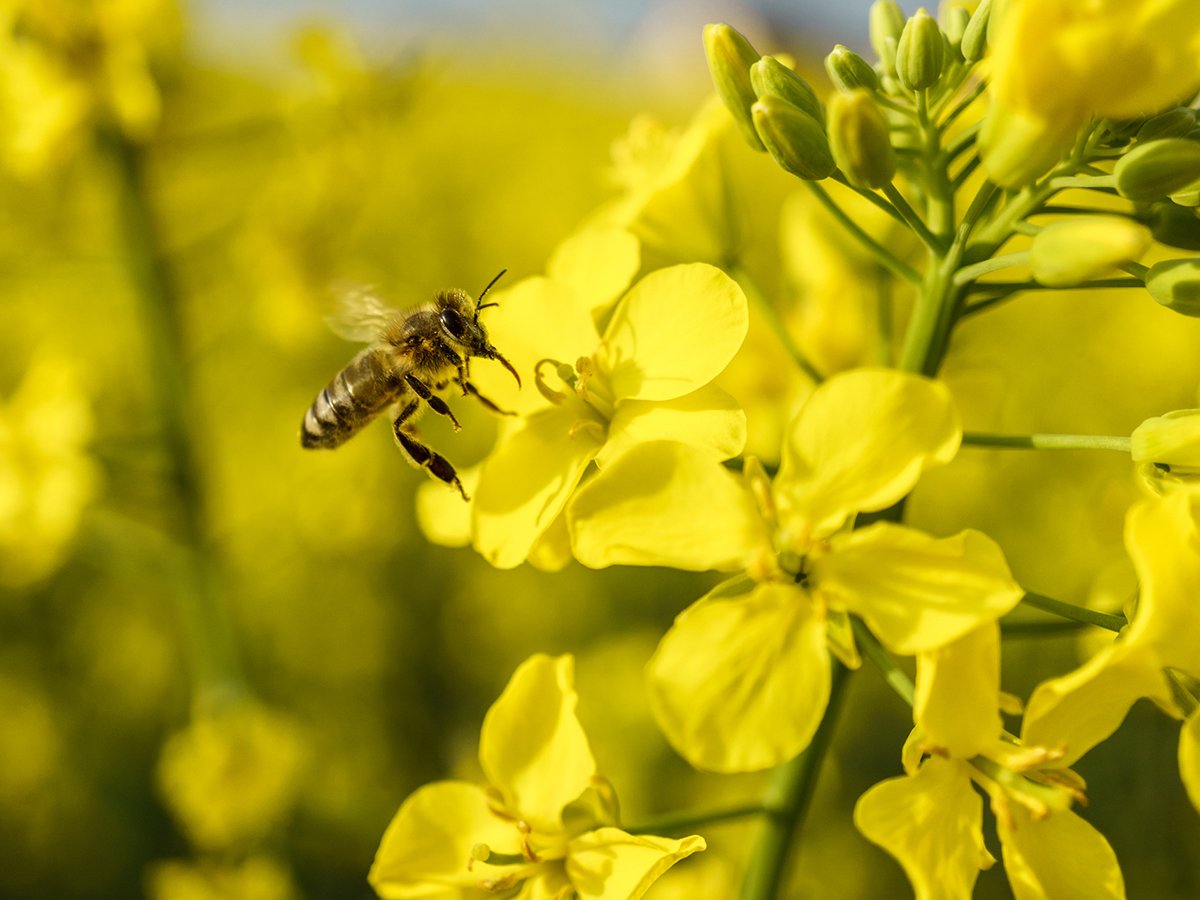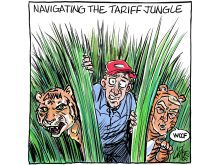IT’S NOT a difficult scene to imagine: cattle lowing peacefully as they amble across rolling hills, carefully tended by hard-working men and women who care for the land as though it were their own backyards – which it is.
Cattle ranching is a natural poster child for environmentally sustainable practices and their role to maintain and build pristine vistas from which spring wholesome and safe food. It is encouraging that livestock organizations are directing more efforts into spreading that message.
During the past few decades we have witnessed the rise of consumer concerns about food safety and animal care – some of it justified, some of it not.
Read Also

Invigor Gold variety viewed as threat to condiment mustard
Invigor Gold, the canola-quality mustard developed by BASF, is on a collision course with Canada’s condiment mustard industry. It’s difficult to see how the two can co-exist.
But it is clear that many consumers, including animal activists, well meaning but misinformed armchair conservationists, as well as the general urban population, could stand to learn more about the role cattle ranching plays in environmental sustainability. It does so in several ways:
- It protects carbons sinks, such as grasslands and wetlands, from being cultivated for crop production, a process that releases carbon into the atmosphere, thus contributing to the greenhouse effect.
- It preserves natural habitat, which protects wildlife.
- It preserves native plants.
There has been a subtle shift in public discourse of late that attempts to paint ranching with a darker brush.
Ruminant livestock, which include cattle, sheep, bison and goats, are responsible for 28 percent of global methane emissions from human-related activities, according to the United States Environmental Protection Agency. In the U.S., methane emissions from ruminants rank third in volume, behind landfills and natural gas systems, based on 2003 data from the EPA.
Few would argue that work is needed to improve methane-capture methods from all sources and in making better use of cattle waste as a possible bioenergy source.
For their part, producers must ensure proper grazing management and diet supplements are in place, which improve feed efficiency and reduce emissions.
But to itemize supposed problems with cattle ranching, without looking at its benefits to the environment, is a disservice.
That’s partly why cattle producers are taking the task of public education to heart. The Farm Animal Council of Saskatchewan has a billboard campaign designed to educate city dwellers about responsible animal care and food production.
The Manitoba Cattle Producers Association is running bus ads extolling the environmental contributions of cattle producers. In Alberta, a program called Raised Right is sending the message that cattle producers are dedicated people who care for the soil and the land.
All programs are heavily focused on taking rural faces and rural lifestyles to the city.
Programs such as these should go far in promoting Canadian beef. Images of wide-open vistas and hard-working ranchers have sold millions of pick-up trucks over the years. And if it works for the deep-pocketed car manufacturers, it should pay off for beef sales too.
Getting into heated environmental debates with strident environmentalists might seem like a hopeless cause, but to do nothing is not an option.
Bruce Dyck, Terry Fries, Barb Glen, D’Arce McMillan and Ken Zacharias collaborate in the writing of Western Producer editorials.














